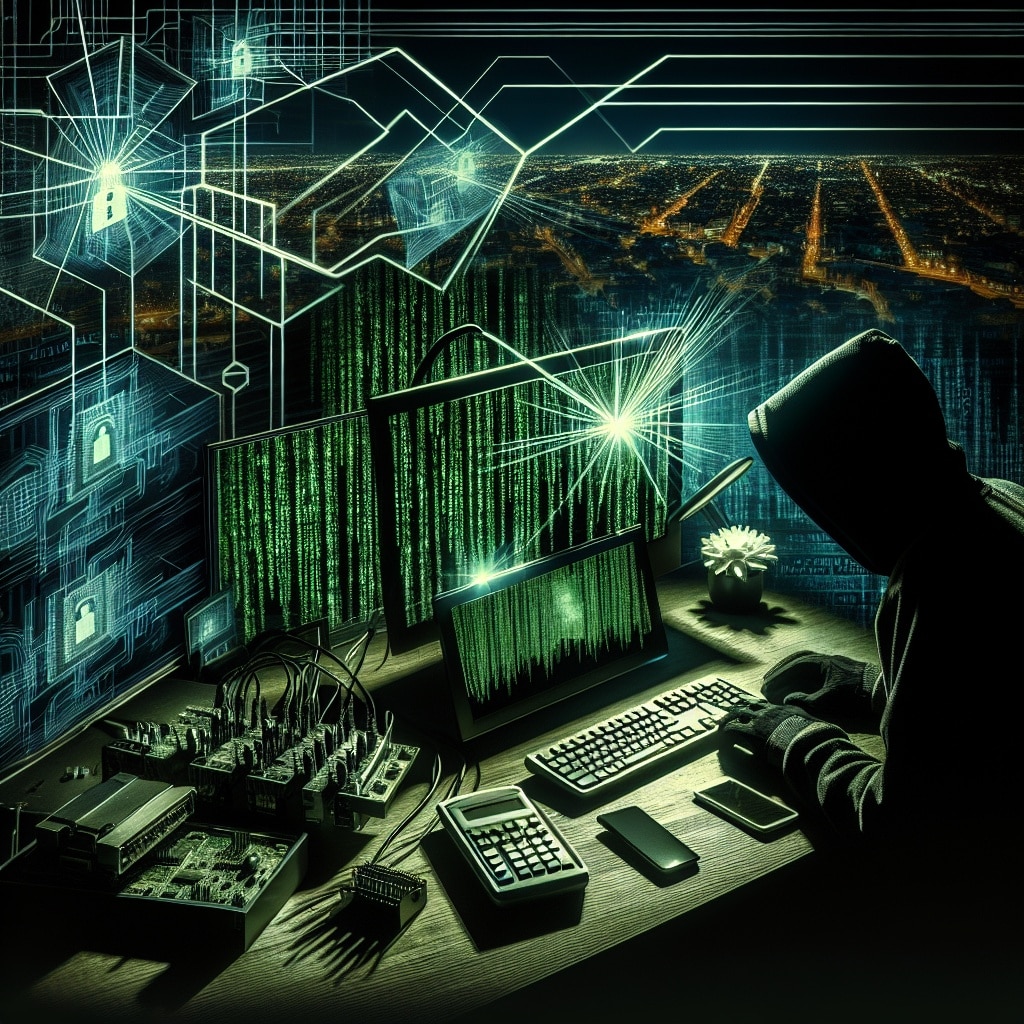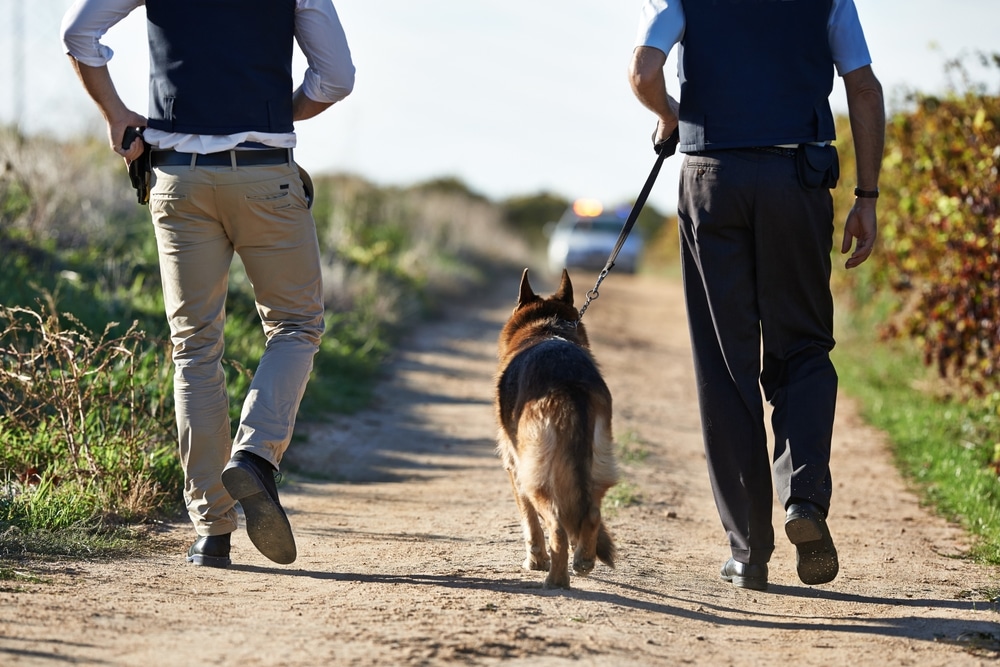A North Carolina mom’s quick thinking and knowledge of CPR recently helped save her 17-year-old daughter’s life. Keianna Joe, a high school senior, was warming up for a cheerleading competition at a North Carolina high school on March 5, when she became unresponsive.
Keianna told “Good Morning America” she does not remember anything from that day, but was later told by her teammates and coaches that as she was dismounting from a stunt where she was lifted in the air, they noticed something was off.
“I gripped onto my base and I didn’t let her go and that’s when they knew something was wrong and they slowly let me down to the ground,” Keianna said. “I’m so thankful that my teammates are observant and very careful and knew not to panic in the moment and to get me down safely.” Once Keianna was on the ground, her mom Andrea Joe learned that her daughter was in trouble and ran over to help.
“I immediately ran to her side and I felt for a pulse and I didn’t feel a pulse and I checked again, and I didn’t feel a pulse,” Joe told “GMA.” “I am CPR-certified … I’ve been trained on an AED device and I knew kind of at that moment that she needs this. This this has to be done and I know how to do it.”
Joe, a mom of three who works as a certified medical assistant, said she immediately started performing CPR on Keianna. As she tried to keep blood flowing throughout Keianna’s body to prevent brain damage, Joe said someone brought over an automated external defibrillator, or AED, that was kept in the high school gym.
An AED is a portable medical device that can analyze the heart rhythm and, when appropriate, deliver an electrical shock to restore a person’s heart to its normal rhythm, according to the U.S. Food and Drug Administration.
Though Joe had been trained to use an AED for years, she said she never previously used one in a real-life setting, and never expected to use one on her otherwise healthy daughter.
“I grabbed the pads and I just kind of ripped her uniform up over her head and threw the pads on her and hit the button,” Joe said. “It said, ‘shock advised,’ and that was alarming because you train on these devices all the time and every time you train on them, they never deliver a shock because it’s not a live patient.”


















